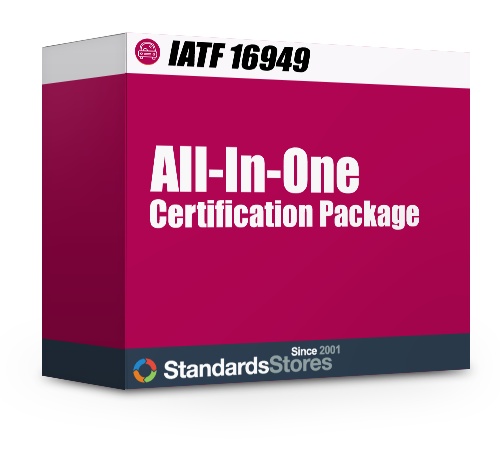What is QS 9000?
QS 9000 was replaced by TS 16949:1999 and became obsolete in December, 2006. Currently, the latest version of this standard is IATF 16949.
QS 9000 was introduced in 1994. QS 9000 was an international quality management system (QMS) standard for the automotive industry originally developed by the ‘Big Three’ of the American auto industry, namely, Daimler Chrysler Corporation, Ford Motor Company, General Motors Corporation and major truck manufacturers, and is now managed by AIAG: Automotive Industry Action Group.
Like IATF 16949, QS-9000 applied to companies who supplied automotive production materials, production and service parts, heat treatment, painting, plating, and other finishing services. All suppliers of the automotive industry were not required to be certified to QS-9000 standards.
History of QS 9000
Before QS 9000, the other standards that were in practice were,
- FORD Q-101
- Chrysler’s Supplier Quality Assurance Manual
- GM’s NAO targets for excellence
- Truck Manufacturer’s quality system manuals
These standards have long been focusing on eliminating waste and varying demands, and were third party certified by either Underwriter’s Laboratory (UL) or the American Bureau of Shipping (ABS).
Revisions:
- Initial release:1994
- First revision:1998
- TS16949:1999 based on ISO 9001:1994, and is intended to be an alternative to QS-9000:1998 and other national automotive OEM supplier requirements
- TS16949:2002 was approved and issued in March 2002, as an automotive sector-specific QMS set of requirements which uses ISO 9001:2000 (verbatim) as its base.
- December 16, 2006 – QS 9000 is officially obsolete
- TS 16949:2009 provided minor revisions based upon ISO 9001:2008
- IATF 16949:2016 is the current version based upon ISO 9001:2015.


